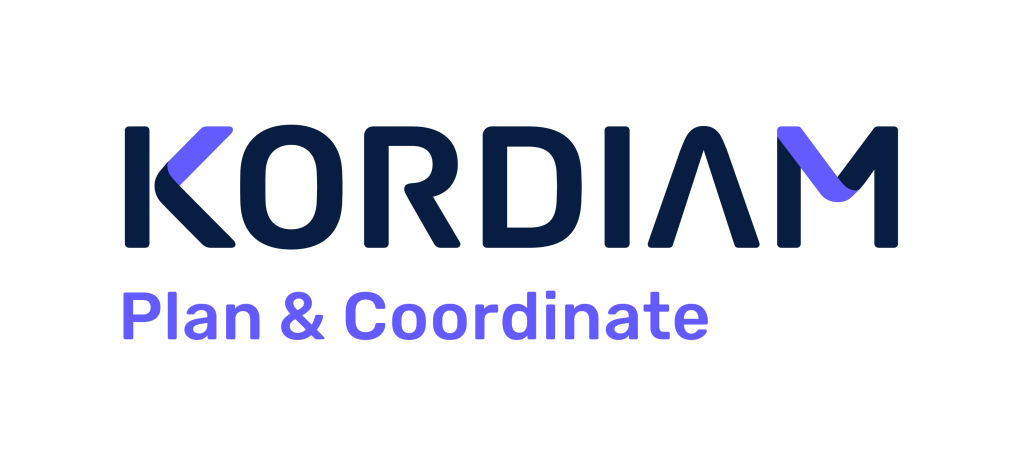[This is a sponsored post from ONA supporter Desk-Net. With Desk-Net, you take control of your newsroom and make sure you are delivering the right stories to your audiences at the right time and in the right place. If you’re keen to find out more about Desk-Net, simply visit our website and sign up for a free trial period.]
Newsrooms with complex content workflows need a way to keep track of their content and related tasks, and there are two main approaches: planning tools and spreadsheets. Both have their own advantages and disadvantages, and the best choice for a particular newsroom will depend on its specific needs.
Planning tools
Planning tools are designed specifically for editorial planning. They offer a range of features that can help newsrooms to organize their content, track their tasks, and collaborate with each other. Some of the benefits of planning tools include:
- Enhanced collaboration: Planning tools make it easy for team members to work together on the same content. They allow users to share documents, assign tasks, and track progress.
- Integration with CMS and DAM platforms: Planning tools are easily integrated with content management systems (CMS) and digital asset management (DAM) systems. This makes it easy to manage content from planning to publication.
- Better access control: Planning tools allow newsrooms to control who has access to what information. This is important for protecting confidential data.
- Customizable views: Newsrooms can customize planning tools to meet their specific needs. This allows users to create views that are tailored to their workflow.
- Connecting networks of newsrooms in larger media companies: Networks of newsrooms in larger media companies can be connected through planning tools. This allows for shared access to content and tasks, as well as collaboration across different locations.
Spreadsheets
Spreadsheets are a more basic tool that can be used for editorial planning. They are not as feature-rich as planning tools, but they can be a good option for small newsrooms, for special use cases in larger newsrooms, or those with limited budgets. Some of the benefits of spreadsheets include:
- Ease of use: Spreadsheets are easy to learn and use. This makes them a good option for newsrooms with limited technical resources.
- Cost-effectiveness: Spreadsheets are free or very low-cost. This makes them a good option for budget-conscious newsrooms.
- Flexibility: Spreadsheets can be used to track any type of data. This makes them a versatile tool that can be used for a variety of purposes.
How to choose between a planning tool and a spreadsheet
Here are some additional considerations that newsrooms should consider when choosing between planning tools and spreadsheets:
- The size of the newsroom: Larger newsrooms with more complex workflows will need a more sophisticated tool that can handle a lot of data and users. Smaller newsrooms may be able to get by with a simpler tool.
- The budget: Planning tools can be more expensive than spreadsheets. Newsrooms should factor in the cost of the tool as well as the cost of training and support when making their decision.
- The specific needs of the newsroom: Some newsrooms may need features that are not available in spreadsheets, such as the ability to collaborate on content or integrate with other systems.
No matter which tool is chosen, newsrooms should develop a clear editorial planning process and train their staff on how to use the tool. By doing so, they can ensure that their content is well-organized and that their workflows are efficient.
For enhanced collaboration, integration, and efficient content planning, try Desk-Net for free.


